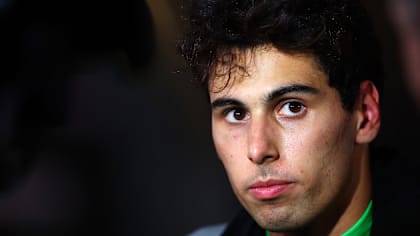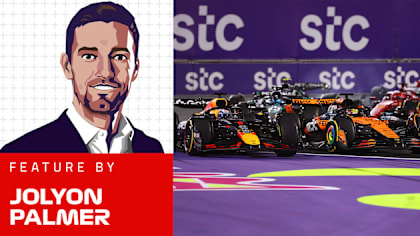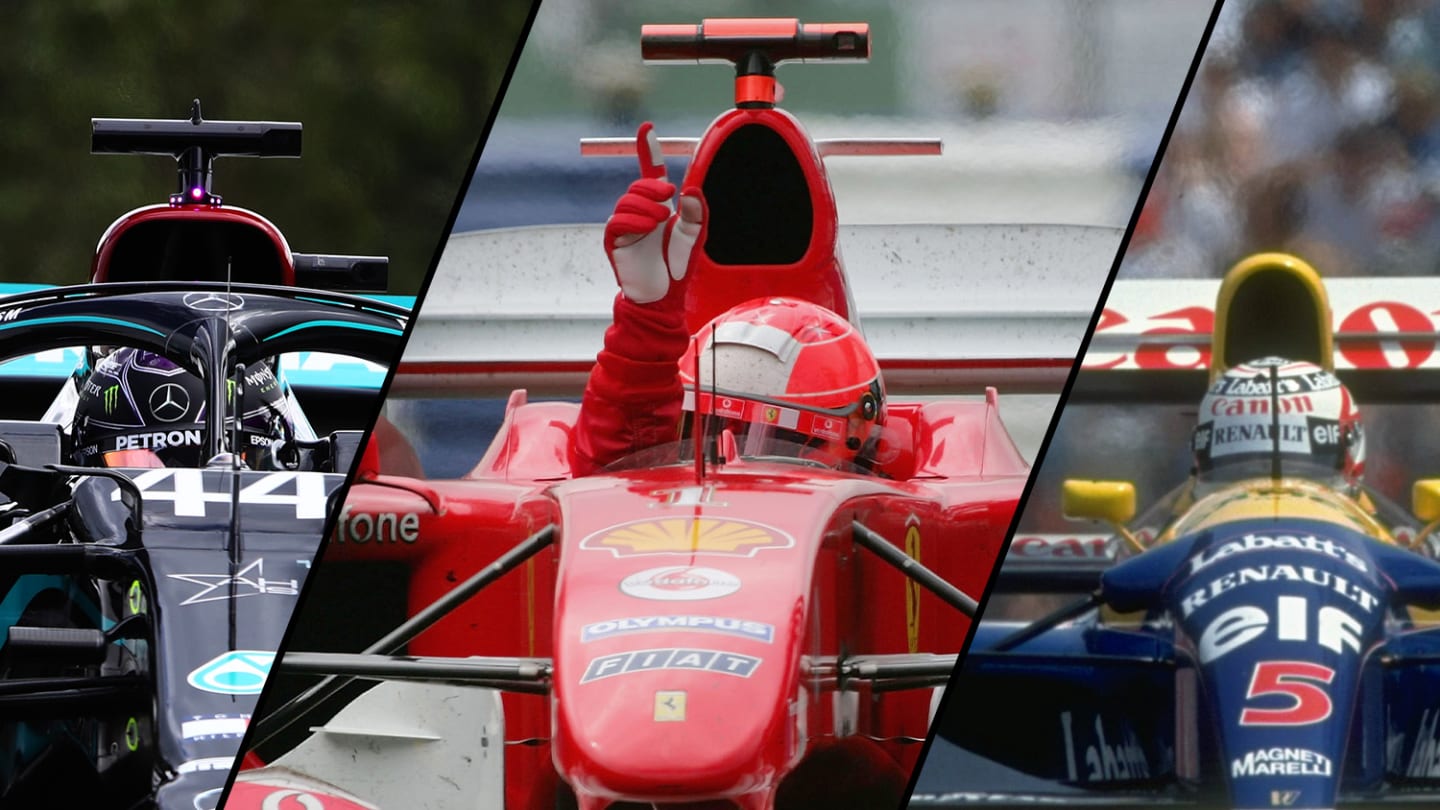
Feature
6 times the best F1 drivers and best cars combined to produce relentless brilliance
Share

Max Verstappen is in the midst of what will surely be one of the most dominant seasons in Formula 1 history. He’s won 10 out of 12 Grands Prix so far and will add many more to the tally in the second half of the year, perhaps enough to break the record he set last year of 15 victories in a season.
The combination of Verstappen and the Red Bull RB19 has been unbeatable for most of the season, with only team-mate Sergio Perez able to interrupt that winning run. It’s a classic case of the best driver and car combining to produce spectacular dominance.
But this is far from the first time in F1 history that such a combination has won race after race.
Judged not purely by their statistical success, but also the pace advantage over the rest, style of execution and their contribution to F1’s legend, here are six other examples of such relentless brilliance.
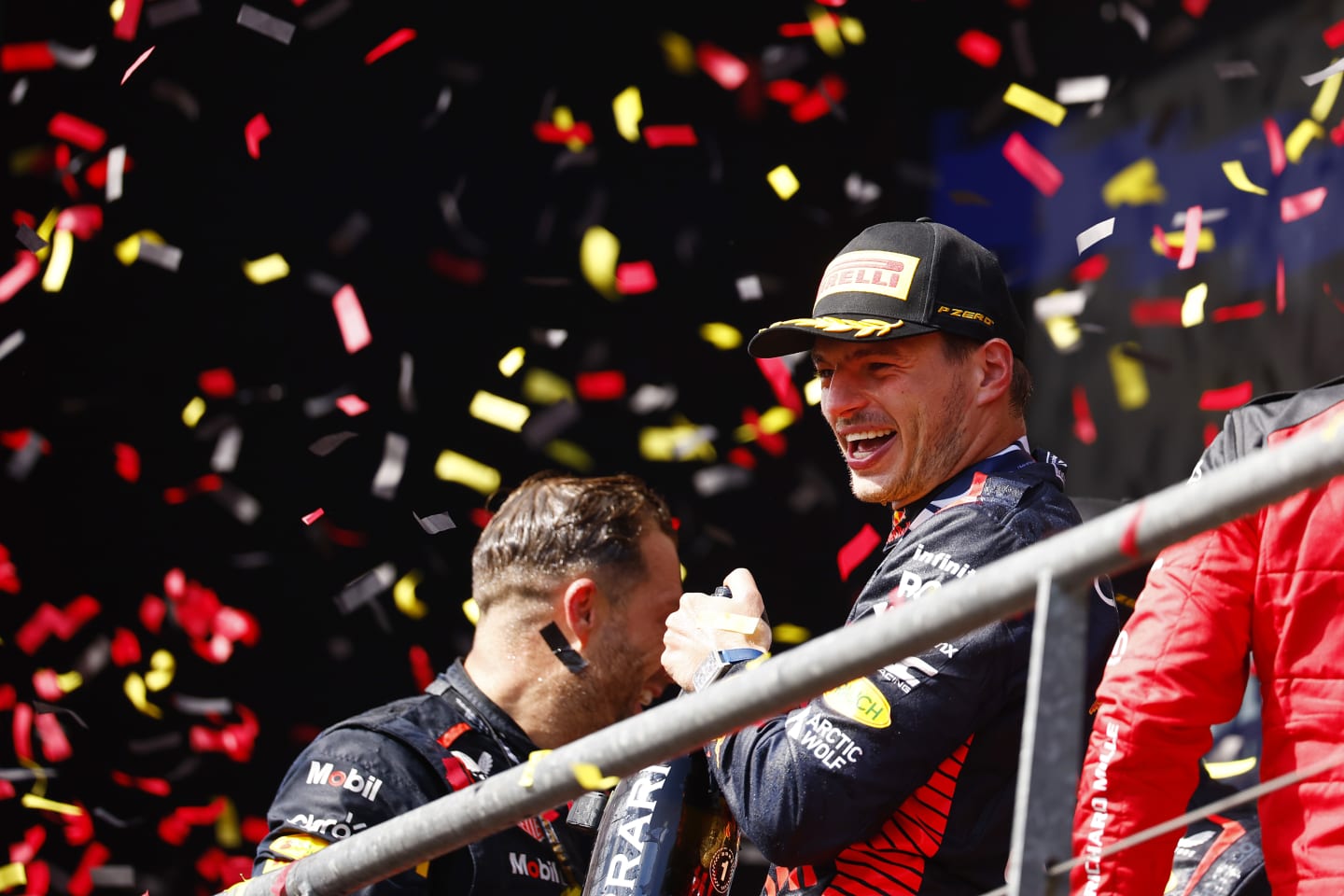
It's been a dominant first half of the season for Max Verstappen in the RB19, but there have been other magical partnerships between driver and car
Nigel Mansell and Williams FW14B (1992)
In 1991, Nigel Mansell performed well in the Williams-Renault FW14 but missed out on the world championship, and he had been pushed hard by team-mate Riccardo Patrese. But in 1992, with the active-ride Williams FW14B he obliterated everyone, Patrese included.
In terms of pure pace, this is the most dominant car/driver combination in F1 history. Mansell set the fastest single lap time in 15 out of 16 race weekends, the exception being Hungary, where Patrese beat him to pole. On average, Williams was an astonishing 1.5% faster than the second-best McLaren – equating to 1.2s around a hypothetical 80s lap.
Mansell was always a stunningly quick driver, capable of lightning-fast reactions but with an under-rated level of precision in his driving, one who could have won multiple titles before 1992. But he was at his brilliant best in the Williams FW14B.
It was clearly the fastest car, thanks to aerodynamics by Adrian Newey, the potent Renault V10 and Patrick Head’s mechanical design genius. But there was a knack to getting the best out of it.
The active suspension required a driver to commit fully on corner entry despite a lack of feel and a moment where the car would not seem like it would stick before the system responded. Patrese lacked the confidence to do that consistently but Mansell could live with the lack of feel.
The result was nine wins out of 16, the title won with five races to spare and one of the most dominant seasons of all time.
Mansell and Williams Iconic Partnership
Sebastian Vettel and Red Bull RB13 (2013)
Roll back a decade and instead of Verstappen and Red Bull, it was Sebastian Vettel and Red Bull. In 2013, the fourth consecutive season of dominance, Vettel and Red Bull were unstoppable. Or, at least, they were after a relatively slow start.
While Mercedes showed menacing pace in the first half of the year, with Vettel ‘only’ winning four of the first 10 races, the combination hit its stride in the second half of the year. Vettel won all nine races after the August break, a record Verstappen will match if he wins the Dutch Grand Prix at Zandvoort later this month.
Vettel’s genius was crucial in making the most of the car. The exhaust blowing technology of the Red Bull was used ruthlessly by Vettel, who adapted his style superbly to optimise it. The combination of a car that could turn in positively and the availability of rear downforce thanks to the way he used the throttle to give the car grip in the corner made him unstoppable.
Vettel also won races in many different ways in 2013, producing dominant races, tyre-management masterclasses, victories in all-out sprints and clearing traffic decisively as he did in India.
This was peak Vettel, not only benefitting from being in the best car but making it better with his brilliance.
Vettel's dominance at Red Bull
Jim Clark and Lotus 33 (1965)
Clark’s early turn-in, trailing the brakes style gelled beautifully with the Lotus 33 in 1965. His smooth, economical driving in the 1.5-litre Climax-engined machine was also fearsomely quick. But for reliability problems, and skipping Monaco for the small matter of winning the Indianapolis 500, Clark could have won all 10 of that year’s world championship races.
He had already enjoyed a dominant season two years earlier, winning the world championship at a canter in the Lotus 25 and achieving the third-highest win percentage in F1 history of 70%. The Lotus 33 was effectively a stiffer-and-lighter evolution of that car with improved suspension.
READ MORE: Jim Clark - What made him so good?
His victory in the season-opening South African Grand Prix at the East London circuit was dominant, leading every lap, and set the tone for 1965. After wins in the non-points Syracuse Grand Prix and the Sunday Mirror Trophy at Goodwood, he secured the world championship with five consecutive victories.
And what victories they were. Two – the French and German Grands Prix were ‘grand slams’, meaning he led every single lap from pole position. That’s despite having to switch to the Lotus 25 spare car for France after the 32-valve Climax-engine in his Lotus 33 expired. He also took a legendary wet-weather victory at Spa and claimed a miraculous victory by 3.2s over BRM driver Graham Hill at Silverstone despite nursing a misfire in the final 18 laps.
Although he didn’t finish any of the final three races and Clark was unsuccessful in the Lotus 33 in the three-litre engine formula, that amazing run of success in 1965 is one of the greatest in history.
This feature is currently not available because you need to provide consent to functional cookies. Please update your
Michael Schumacher and Ferrari F2004 (2004)
Schumacher won a record-setting 13 out of 18 races in 2004 driving a Ferrari that stood as the fastest F1 car in history until the introduction of wider, high-downforce cars in 2017 displaced it.
Schumacher was only really beaten once in a straight fight in 2004, by Kimi Raikkonen in the Belgian Grand Prix, with the other defeats down to mishaps.
That’s because the Ferrari F2004 had the most downforce, the strongest engine and Bridgestone rubber optimised both for it and Schumacher. Even Ferrari was shocked by how fast the F2004 was, which outperformed pace predictions by several seconds.
The famous victory in the French Grand Prix at Magny-Cours is the combination’s most celebrated victory. That was the result of the Michelin tyres on Fernando Alonso’s Renault producing great grip for a qualifying lap or the start of the stint but being slower than the Bridgestones over a race stint. Ferrari’s solution was to switch from a three to a four-stop strategy to find the clear air needed to deliver the searing pace required to win.
Michael Schumacher and Ferrari's legendary partnership
Alberto Ascari and Ferrari 500 (1952-1953)
The world championship was run using Formula 2 machinery in 1952 and 1953, and Alberto Ascari was the dominant force with the all-conquering Ferrari 500.
Excluding the anomalous Indianapolis 500, which was a world championship race from 1950-1960 but in reality a different world, Ascari won 11 times in 14 starts in 1952 and ‘53.
While the Ferrari 500 was the quickest car, it required a driver of Ascari’s speed and precision to extract the most from it. He led 763 laps out of a potential 921 (83%) on his way to dominant back-to-back titles with no other driver winning more than once.
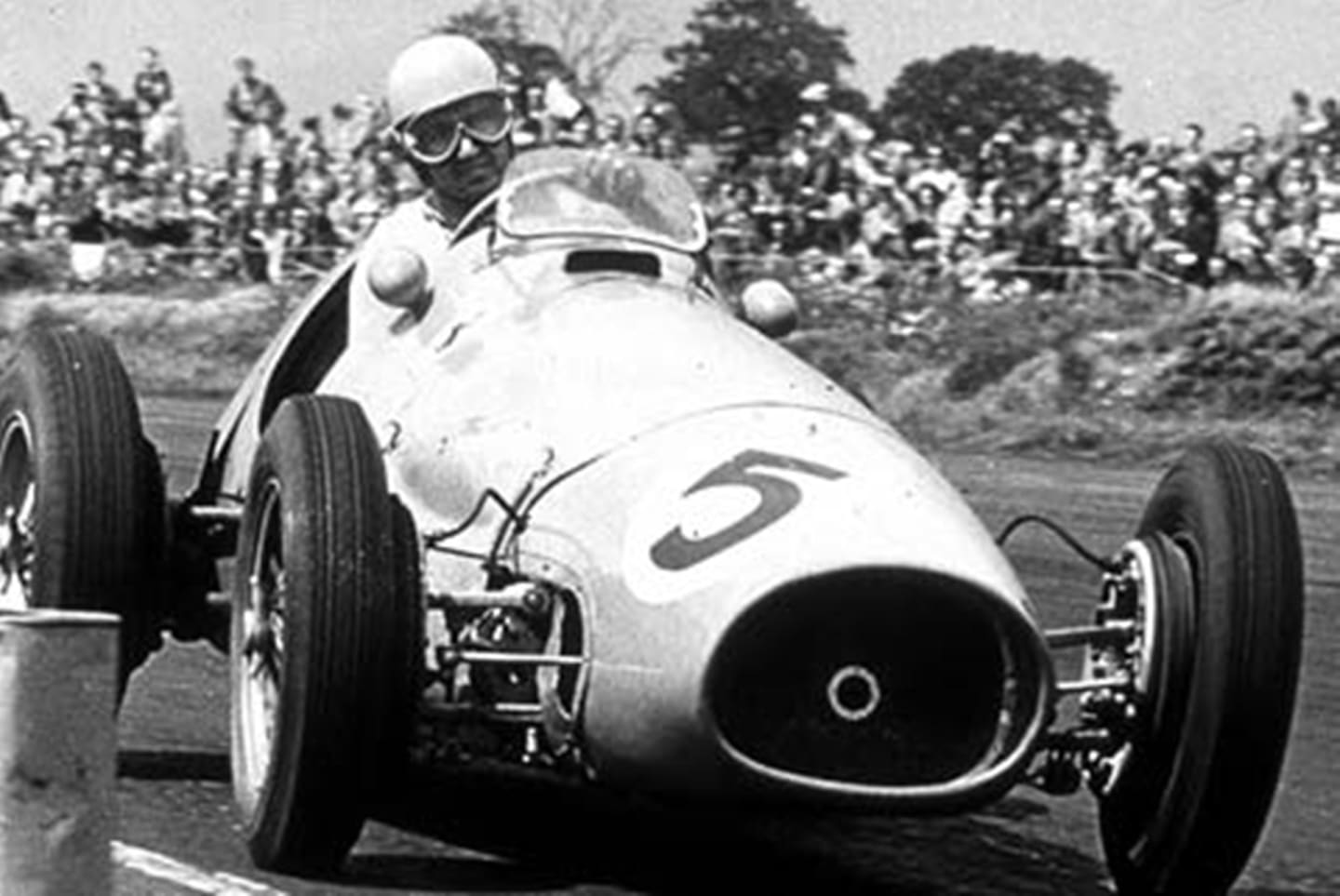
Alberto Ascari at the wheel of his Ferrari 500 in the British Grand Prix. He won by just a second from Maserati’s Juan Manuel Fangio after almost three hours of racing
Lewis Hamilton and Mercedes W11 (2020)
The combination of Lewis Hamilton and the Mercedes W11 won 11 out of 17 races in 2020, despite missing the Sakhir Grand Prix race thanks to Covid-19 and a subdued performance in the Abu Dhabi season finale where he was still under the weather.
That he also lost victory in the 70th Anniversary Grand Prix at Silverstone to unexpected rear tyre blistering and at Monza to an illegal pit entry and ill-timed red flag shows how dominant this season was.
The Mercedes W11, with its low-rake concept, had a decisive advantage for most of the season. Equipped with the innovative DAS (dual axis steering) system used to aid tyre warm-up and featuring an innovative rear suspension configuration that increased the downforce-generation potential, Mercedes was even able to introduce its final significant upgrade in only the seventh race before concentrating on 2021 developments.
Hamilton and Mercedes exploited the car ruthlessly and it was clear he was destined for a seventh world championship from early in the season.
The moment Lewis Hamilton became a 7-time world champion
YOU MIGHT ALSO LIKE
News Horner repeats message over Verstappen’s future as he stresses ‘we win and we lose together’
News ‘It's all about patience’ – Bortoleto admits transition from F2 title winner to F1 backmarker is ‘not easy’
Podcast F1 NATION: Piastri to push on? Norris to bounce back? Verstappen the underdog? It’s our Miami Grand Prix preview
OpinionF1 Unlocked PALMER: Verstappen’s Turn 1 penalty proved decisive in Jeddah, so were the stewards right?

